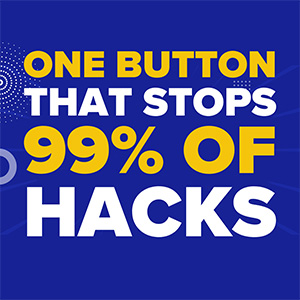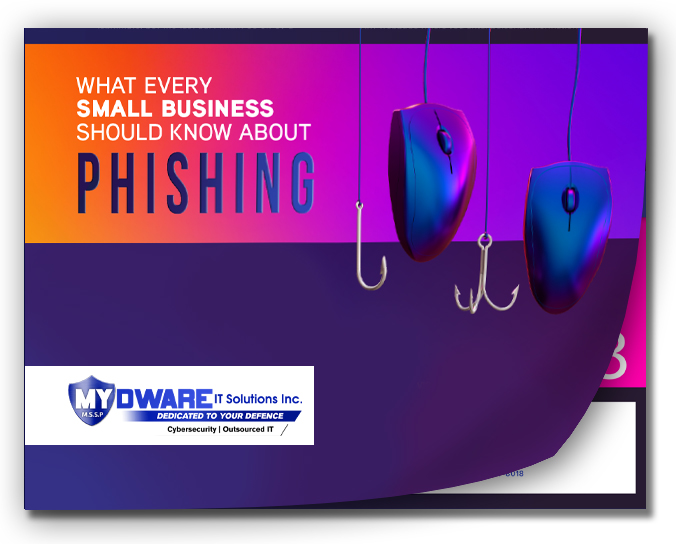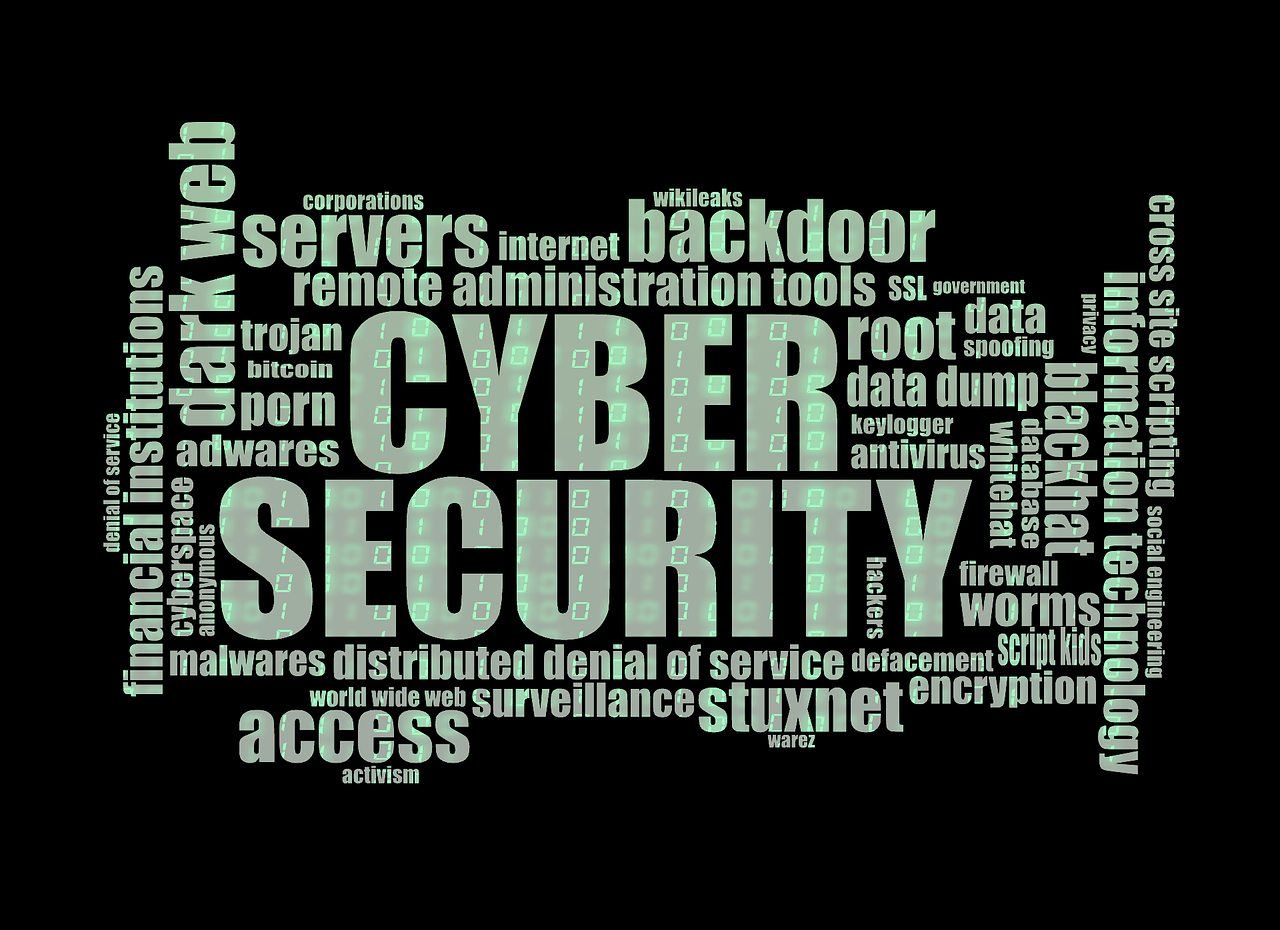 You wouldn’t drive without buckling up. You wouldn’t leave your shop unlocked overnight. So why risk your business by logging in without multifactor authentication (MFA)? MFA is the digital seat belt that keeps your accounts safe. Instead of relying only on passwords—which are too easy for hackers to steal—it adds a second checkpoint.
You wouldn’t drive without buckling up. You wouldn’t leave your shop unlocked overnight. So why risk your business by logging in without multifactor authentication (MFA)? MFA is the digital seat belt that keeps your accounts safe. Instead of relying only on passwords—which are too easy for hackers to steal—it adds a second checkpoint.
That could be a quick text code, an authenticator app, or even a fingerprint scan. If attackers manage to guess or steal your password, that second layer stops them cold. Before we dive in, here’s a smart step every local business should take: Book a FREE cybersecurity risk assessment today.
Why One Extra Step Changes Everything
Think of your password as locking the front door. MFA is like arming the alarm system too. It isn’t always required, but when things go wrong, it can be the reason your business stays safe.
MFA goes by different names—two-step verification, two-factor authentication, or one-time passwords—but the idea is the same: make attackers prove they’re really you before they get access. It usually takes just one tap to approve a login, while hackers hit a wall they can’t climb. It’s the simplest way to stop digital intruders at the door.
Real Situations Where MFA Blocks Hackers
Passwords are stolen every day, whether through phishing or massive breaches. With MFA, a stolen password isn’t enough to break in. Here’s how it helps in real life:
- If someone tries logging in with your credentials, you’ll get a notification first—alerting you to change your password.
- If an employee accidentally shares their login with a scammer, MFA still keeps the hacker out.
- If attackers buy stolen passwords from the dark web, MFA makes those logins useless.
Research shows MFA can reduce account compromises by over 99%. For small businesses, that’s the difference between business as usual and shutting down for recovery. For a reminder of how costly lapses can be, take a look at 5 insane data breaches of 2024.
1. Where Your Business Needs MFA Most
Not every account is created equal. Focus on enabling MFA where the stakes are highest. Start with:
- Banking and financial apps
- E-mail and cloud storage
- Social media accounts
- Work logins with client or proprietary information
2. How to Roll Out MFA Without Slowing Down
The good news is most platforms already include MFA. It usually takes just minutes to set up, but it gives you years of protection. Options include:
- Text messages or phone calls with verification codes
- Push notifications via mobile apps
- Authenticator apps for even stronger security
Adding MFA into your team’s workflow is part of building a smarter, safer business. For more on why staying ahead with tech upgrades matters, check out why smart tech acceleration is a must-have for business owners.
People Power: Your Strongest Line of Defense
The truth is, technology only works if people use it. Your employees are the gatekeepers of your digital security. Training them to use MFA—and making it part of everyday habits—turns them into an active shield. See why the most secure data security measure is within you and how awareness changes everything.
Lock Down Your Business with One Simple Step
Enabling MFA is free, easy, and one of the most effective ways to block hackers in 2025. It’s the digital lock that ensures a password alone won’t sink your business.
Don’t wait until attackers test your defenses. Protect your business now with a FREE cybersecurity risk assessment and start building safer habits today.
Darryl Cresswell
CEO & President
MYDWARE IT Solutions Inc.




